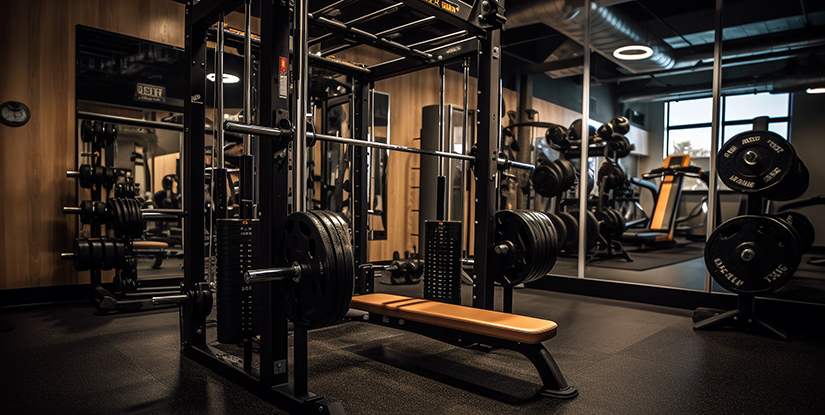Outdoor Fitness Equipment: Selection, Installation and Maintenance Guide

Introduction to Outdoor Fitness Equipment
Outdoor fitness equipment transforms public spaces into accessible wellness hubs. Designed for durability and low maintenance, these installations support cardiovascular, strength, balance and flexibility training for users of varying abilities. This guide outlines types, benefits, installation considerations, safety and selection tips for municipalities, commercial operators and community groups.
Primary Types and Their Uses
- Cardio stations: elliptical trainers, air walkers and step machines enhance endurance and heart health.
- Strength equipment: pull-up bars, dip stations, resistance machines and bodyweight circuits develop muscular strength.
- Flexibility and balance: stretching posts, balance beams and mobility stations improve range of motion and reduce injury risk.
- Functional training: monkey bars, sled tracks and multi-station rigs support sport-specific and functional movement patterns.
Benefits of Outdoor Installations
Outdoor fitness equipment increases physical activity levels in communities, encourages social interaction and reduces barriers to exercise. Exposure to natural light and fresh air enhances mental well-being, while free access promotes equity across socio-economic groups. For cities and parks, these installations represent a cost-effective public health investment.
Design, Materials and Durability
Quality equipment uses galvanized steel, powder-coated finishes and UV-stable plastics to resist corrosion and sun damage. Anti-vandalism features, tamper-resistant fasteners and modular components simplify repairs. Proper surface selection—rubber tiles, engineered wood fiber or compacted aggregate—affects safety and longevity.
Installation and Site Planning
Site selection should consider foot traffic, accessibility, sightlines and drainage. ADA-compliant layouts, clear signage and user instructions ensure inclusive use. Engage certified installers and follow manufacturer guidelines for anchoring, spacing and fall zones.
Safety, Maintenance and Lifecycle Costs
Routine inspections, lubrication and surface upkeep minimize risk. Establish a maintenance schedule that addresses wear, vandalism and seasonal issues. Lifecycle cost analysis should include initial purchase, installation, maintenance and replacement parts.
Choosing the Right Equipment
Select units based on target demographics, available space and budget. Consider modular systems that allow phased expansion and equipment backed by warranties and clear maintenance support.
Community Programming and Engagement
Complement installations with classes, signage and outreach to maximize use. Partnerships with local health organizations or fitness instructors can increase participation and long-term value.
Conclusion
Well-planned outdoor fitness equipment enhances public health, fosters community and provides durable, low-cost exercise solutions. Prioritize safety, accessibility and quality materials to ensure sustained benefits for users.
Frequently Asked Questions
- Q: Who benefits most from outdoor fitness equipment?
A: Everyone—residents, commuters and visitors—particularly communities with limited access to gyms. - Q: What materials last longest outdoors?
A: Galvanized steel with powder-coating and UV-stable plastics resist corrosion and sun damage. - Q: How often should equipment be inspected?
A: Monthly visual checks and quarterly detailed inspections are recommended. - Q: Is outdoor equipment accessible for people with disabilities?
A: Yes, if planned to meet ADA guidelines and include inclusive stations. - Q: What surface is best for safety?
A: Engineered rubber surfacing or compacted aggregate with good drainage are common choices. - Q: How much space is needed for a basic circuit?
A: A compact circuit can fit within 100–300 square meters depending on equipment and circulation space. - Q: Are warranties common?
A: Reputable manufacturers provide warranties; verify coverage for structure, moving parts and finishes. - Q: Can installations be vandal-resistant?
A: Yes—use tamper-resistant fasteners, robust materials and regular maintenance to deter vandalism. - Q: How do you fund outdoor fitness projects?
A: Funding can come from municipal budgets, grants, sponsorships or public–private partnerships.

